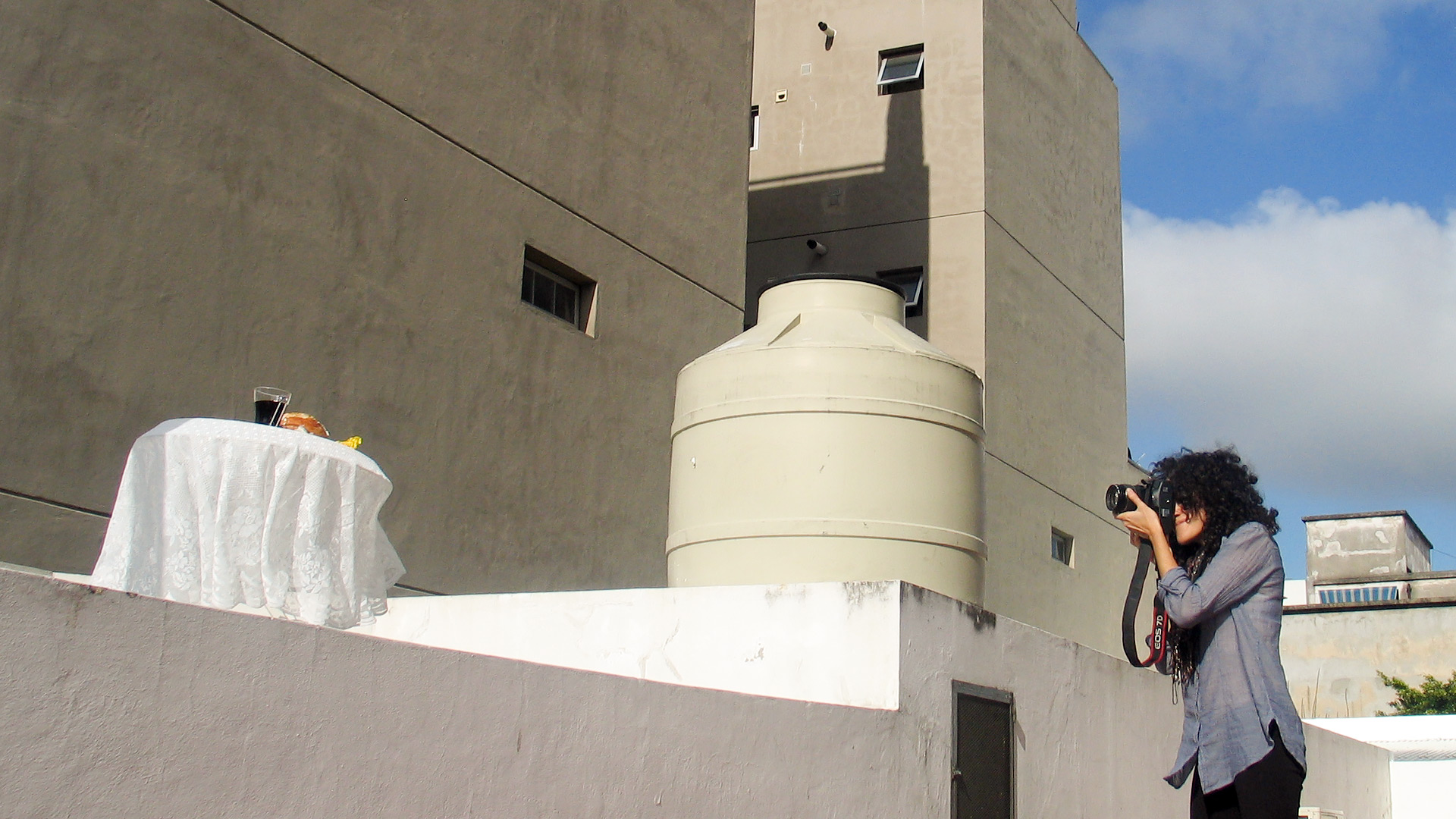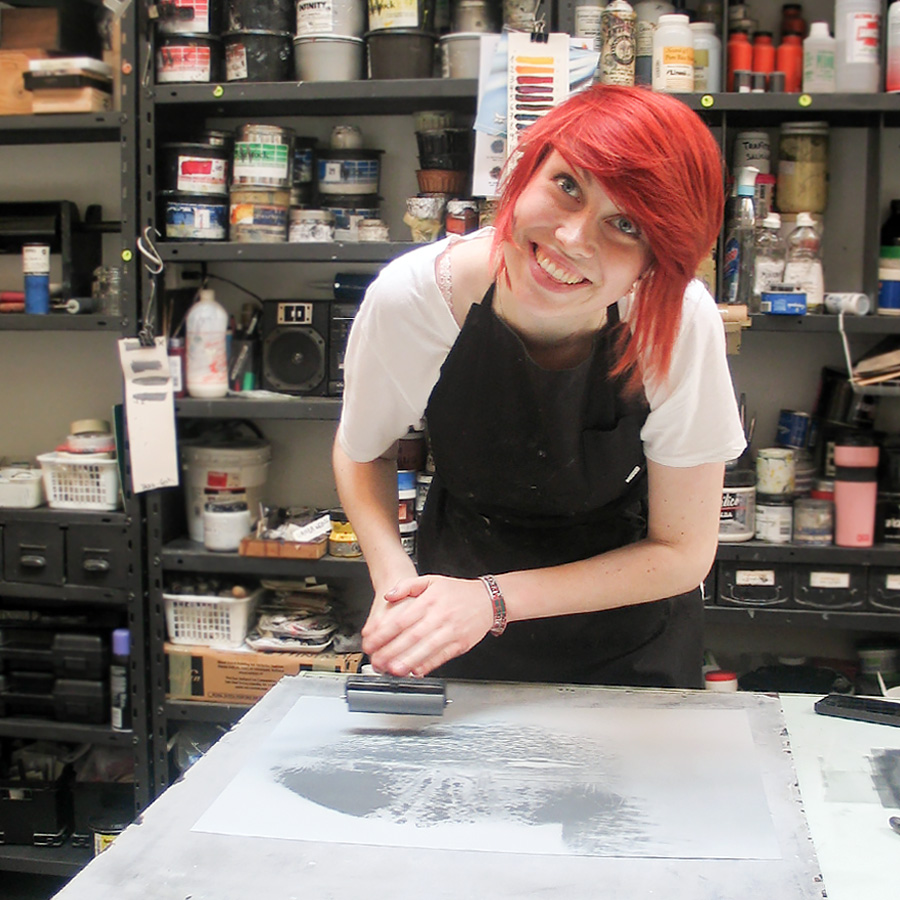Artists
United States of America
Cristina Molina
Sabor-Saber-Sāvәr
16.05.11 03.06.11
Through a series of videos, and a live interactive performance, Cristina Molina (1985) proposes to focus on food as a medium that stands as a model of consumption. Particularly emphasizing eating as a process that can take on an active role of self-reflection, rather than a passive ritual of survival or self-indulgence.
ARTIST STATEMENT
Lips part and the mouth: breathes, blows, screams, eats, sucks, vomits and kisses. As toddlers, it is by placing objects into our mouths that we come to an understanding about the world around us.
Almost like a curiosity I have focused my attention on seemingly benign trinkets, and their relationship to the body. I am interested in the sentimental meaning these objects accrue, and how their romantic values become internalized into our systems.
In my most recent works, the mouth serves as a portal through which themes of longing, consumption, and excess are mediated. A visual and conceptual reference to the product-consumer relationship utilized in advertising is emulated. By evoking and deconstructing these strategies, the formula becomes reshaped and one that may carry the viewer from the path of initial longing to the point of satiation.
BIO
Cristina Molina
1985 | Florida, USA.
Lives in Florida, USA.
STUDIES
2009 | Bachelor in Arts, International University of Florida. USA.
2008 | Bachelor in Psychology, International University of Florida. USA.
She currently takes classes in the School of Art and Art History of the University of Florida, where she is a candidate for a Masters Degree in Fines Arts as part of the Art and Technology Program.
EXHIBITIONS
Frost Art Museum; Urban Nomad Film Festival in SCOPE Miami, USA.; Arteamericas: the Latin American Art Fair; Gallery of the Genova University, Italy; Harn Art Museum; The Optic Nerve XI Cinema Festival of the MoCA of North Miami.
AWARDS
Best in Show Prize, Frost Art Museum.
Awarded the Audience Prize, XI Cinema Festival of the MoCA of North Miami.
Related Activities
Exhibitions
Sabor-Saber-Sāvәr
Cristina Molina
16.05.11 03.06.11
Sabor-Saber-Sāvәr (by Alicia Candiani)
Sabor-Saber-Sāvәr, was a project produced by artist Cristina Molina during her SUB30 residency at ‘ace, which explored her intimate relationship with the city of Buenos Aires. Continuing Molina’s interest in the theme of the body and its function as a mediator between the external and the internal, this series investigated the possibility of getting to know a place through its taste. The name of the installation is composed of words both in English and Spanish. It includes the phonetic English spelling Sāvәr (savor) one that assimilates “saber” and “sabor” the Spanish words for “knowing” and “taste” respectively. The title also directly alludes to the idea that one introduces things into the mouth just like a child, in order to come to a better understanding, and as a way of “savoring” the world.
During her stay in Buenos Aires the artist voyeuristically wandered through the city and chose twenty five emblematic locations. A customized scene complete with a table and food was designed for each specific location, an act that emulated one of romantic courtship. The process was documented photographically and eventually formed into stereoscopic* images to achieve a three dimensional effect. The photographs were mounted onto cards which were accompanied by romantic texts on the reverse side. These texts were in dedication to each location and were written in both English and Spanish. The dual texts produced a visual intermingling effect similar to the photographs.
The images taken were exhibited at ‘ace’s Dialogue Space in the form of an installation, completed with an antique stereoscopic viewer that the artist found in an antique market before her trip. As the viewers engaged with the work, the text and images became one, surging a new language that was both visual and idiomatic.
*Stereoscopic photography is based on the way the eyes naturally function: our eyes are separated by approximately 65mm, and each eye sees one image at a time, although it may be the same image, is situated askew. The brain’s function is to merge the images together to create one plane. If we obtain two images with a slight alteration that mimics that of our vision, special visors can be used to aid the individual eye in achieving one image, and one that produces a three dimensional effect.







